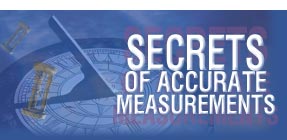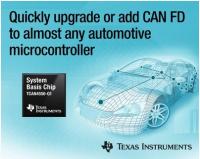 |
 |
 |
| RU |
|
Login
Newsletters
There is no newsletter category found. Information
|
TI introduces the first system basis chip with integrated CAN FD controller and transceiver 07/09/2019 Texas Instruments (TI) introduced an automotive system basis chip that is the industry’s first to integrate a controller and transceiver for Controller Area Network with Flexible Data Rate (CAN FD). Designed to meet the high-bandwidth and data-rate flexibility needs of in-vehicle networks, the TCAN4550-Q1 uses the Serial Peripheral Interface (SPI) bus of almost any microcontroller to implement, with minimal hardware changes, a CAN FD interface or increase the amount of CAN FD bus ports in a system. Previously, designers had to incorporate multiple discrete components into their designs or change microcontrollers entirely when upgrading to or expanding CAN FD functionality – an often time-consuming and expensive process. With the TCAN4550-Q1 system basis chip (SBC), designers can maintain their existing microcontroller-based architecture and streamline CAN FD upgrade or expansion in body electronics and lighting, advanced driver assistance systems (ADAS) and automotive gateway designs.
What is CAN FD? Key features and benefits of TI’s TCAN4550-Q1
www.ti.com Company profile: Texas Instruments Related Information:
Companies' news
|
Current issue
Search
|
|
|
| © "Test & Measuring Instruments and Systems" ("KIPiS"), 2000-2024 |

























